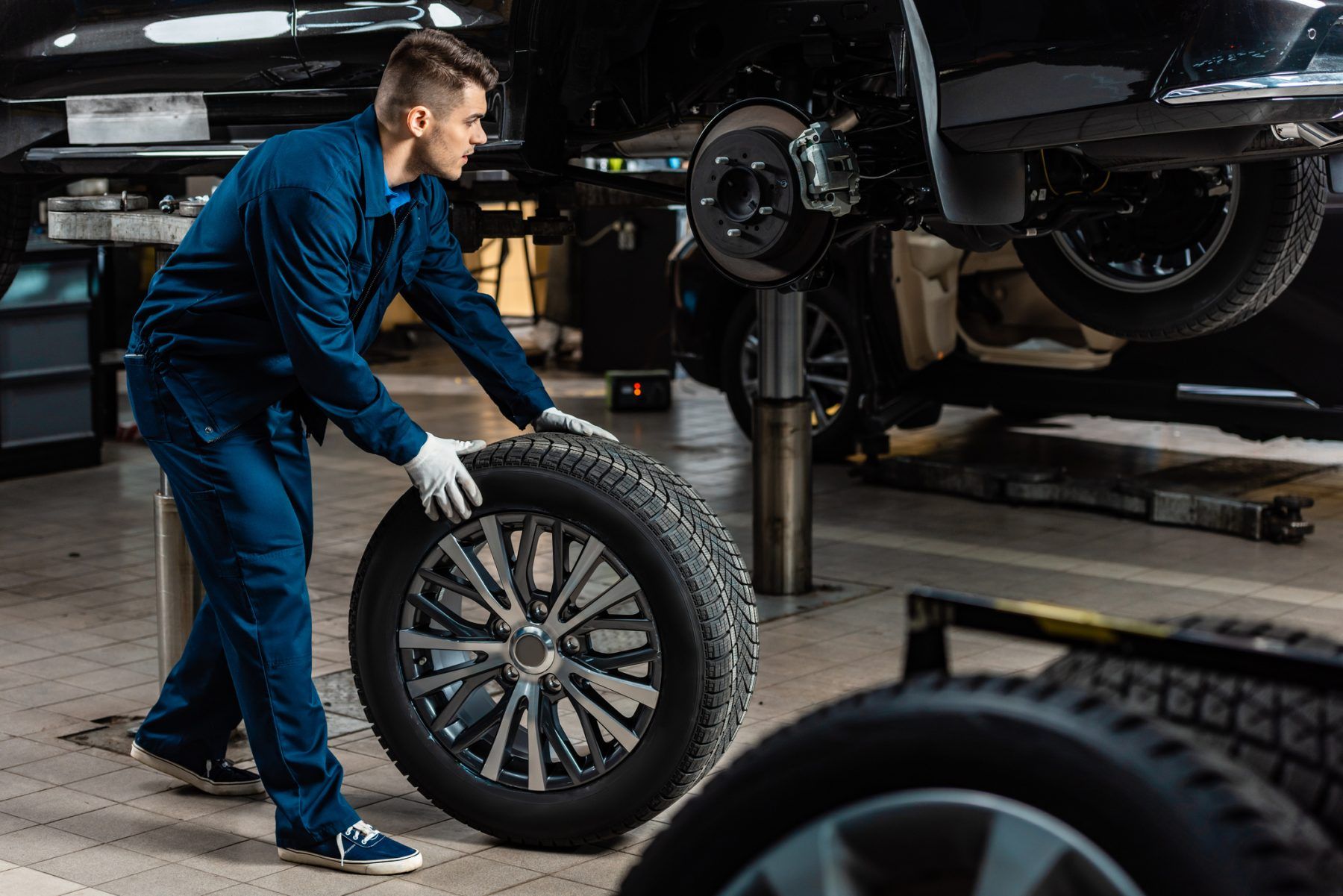Tire Failure: Know How to Read the Signs
Understanding Tire Tread Depth
As a licensed driver, it is crucial to easily recognize worn tires and understand when they need to be replaced. Conducting an effective walk-around inspection of your vehicle, which includes inspecting the tires, should be a given. Neglecting tire maintenance is not only unsafe, but it also poses a threat to others on the road. While many drivers focus solely on tread wear, tire failure can occur due to various factors.
When it comes to measuring tread wear, a tread-depth gauge is an inexpensive tool that helps determine the condition of your tires. The gauge is used to measure the tread depth by placing its tip on raised rubber bars at the bottom of the tread grooves, known as wear or indicator bars. These bars can be found in at least four spots around the tire. For summer/all-season tires, when the remaining tread reaches 4/32” or lower, it is time for replacement. Winter tires, on the other hand, usually require deeper tread, so replacement is recommended at 6/32” or 7/32”.
Tire tread depth is important because it allows tires to maintain contact with the road while performing various maneuvers. The grooves between the treads are especially critical for driving in rain, as they help move water away from under the tires, ensuring maximum traction. Additionally, the thickness of the tread-face provides structural strength to the tire and helps prevent vibrations and uneven surface problems that may arise with worn-out tires.
Identifying Tire Cracks and Dry Rot
Aside from tread wear, tire cracks and dry rot are also important signs to watch out for when assessing tire condition. Weather checking, or dry-cracking, can significantly reduce the structural strength of tires and increase the risk of blow-outs. It is worth noting that tires do not have expiration dates. With proper storage and protection from UV radiation and extreme low humidity, tires can last for years. However, exposure to these environmental conditions can lead to the development of small cracks on the tire’s tread face and sidewall.
While most jurisdictions have minimum safety standards for tire cracks, it is advised not to wait until the cracks are deep enough to expose the support cords beneath the surface. You can easily check for weather cracks using a dull blade or flat screwdriver. If the cracks are extensive, it is crucial to replace the tires to maintain safety. Sidewalls also provide structural strength to the tire, and cracks in the sidewall can weaken it, increasing the risk of failure or blowouts during maneuvers like cornering or braking.
Understanding Sidewall Bulges
Sidewall bulges are another red flag that indicates tire problems. These bulges, which may be caused by curb impacts, should not be ignored, even if they appear minor. Sidewall bulges are not defects in the tire but rather a result of damage to the sidewall cords. The rubber skin on the outside may appear undamaged, but the reduced support within the tire can lead to bulges. Spotting these bulges is essential for maintaining safety on the road.
It is important to distinguish sidewall bulges from the small and slight indentations that are normal characteristics of most tires. These indentations, spaced evenly around the tire, are part of the tire’s manufacturing process and do not pose any safety concerns. On the other hand, sidewall bulges caused by impacts are a serious issue and should be addressed promptly. If you notice a noticeable outward bump on the tire sidewall, it is a sign of trouble.
Tire Maintenance: Seasonal Pressure Changes
As winter approaches, it is common for tire pressure to drop due to the cold weather. The sudden temperature drop causes the air molecules inside the tire to contract, resulting in reduced tire pressure. To address this, it is important to regularly check and maintain proper tire pressure. Simply topping up the tire pressure at a gas station, following the limit listed on the door label (not the maximum listed on the tire itself), can help ensure optimal tire performance during winter.
Conclusion
To prioritize safety and dependability on the road, it is recommended to follow professional drivers’ habits and conduct a walk-around check of your vehicle before every trip. While this may not be feasible for all drivers, performing a thorough check-over once or twice a week is a reasonable approach. Remember that tire problems can escalate quickly, so staying proactive in monitoring tire condition is crucial for a safe and smooth driving experience.
Denial of responsibility! Vigour Times is an automatic aggregator of Global media. In each content, the hyperlink to the primary source is specified. All trademarks belong to their rightful owners, and all materials to their authors. For any complaint, please reach us at – [email protected]. We will take necessary action within 24 hours.


